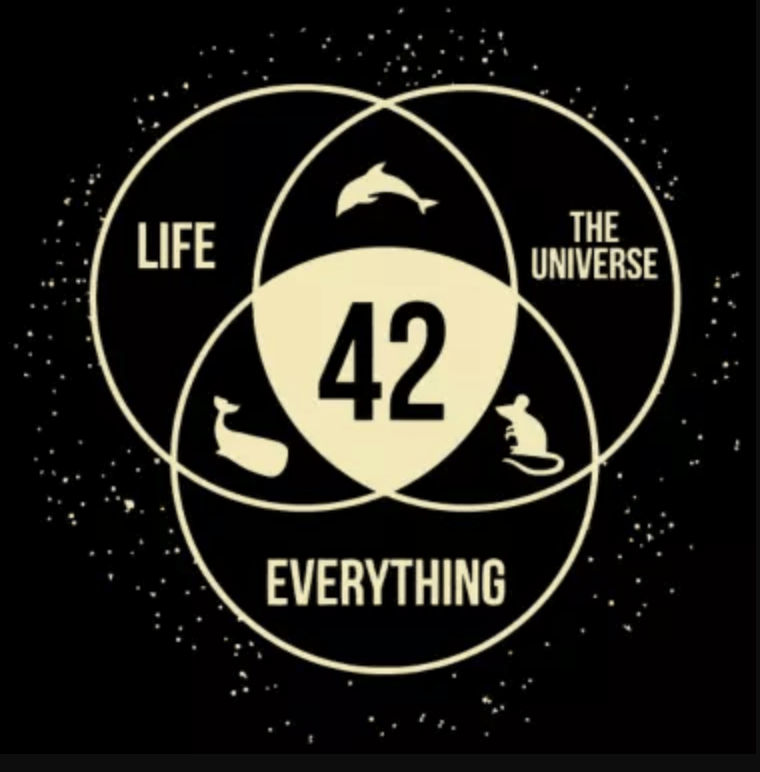The 42 Conundrum has finally been solved, at least in terms of whether the number can be considered the sum of three cubes. The question that every number less than 100 can be represented in this form has long been a source of consternation in the world of mathematics. Two mathematicians, Andrew Sutherland of MIT and Andrew Booker of Bristol, have now shown that 42 is the sum of three cubes.

Mathematicians have been working for years to prove that: \[x^{3}+y^{3}+z^{3}=k\] (where k is defined as the numbers from 1 to 100)
By 2016, academics proved this hypothesis for all taken domains, except for two numbers: 33 and 42. According to Roger Heath-formal Brown's theory, every k unequal to 4 or 5 modulo 9 has an unlimited number of representations as to the sum of three cubes. We have now shown that all numbers below 113 suit this hypothesis by closing this particular gap.
Booker devised a new, more efficient technique for figuring out a solution for these two remaining domain values. After running the problem via a supercomputer at the UK's Advanced Computing Research Centre for around three weeks, the solution for 33 was finally discovered. However, 42 proved to be a more difficult nut to crack. So, Booker teamed up with Andrew Sutherland, a mathematician who also specialized in massively parallel processing. The two recruited the assistance of the Charity Engine, a distributed computing initiative that enables PCs to earn money for charity by donating computing time.
Over a million hours of computation, the team had its solution. In the equation x3 + y3 + z3 = k, let \[x = -80538738812075974,\]\[y = 80435758145817515,\]\[z =12602123297335631.\]
Plug it all in, and you get: \[(-80538738812075974)\times3 + 804357581458175153 + 126021232973356313 = 42.\] And with that, we have found solutions for all the values of k up to 100 (technically, up to 113).
The existence of a third k=3 solution implies that Heath-initial Brown's conjecture was correct and that there are infinitely more solutions beyond this one. Heath-Brown also forecasts that the distance between solutions, as well as the time it takes to find them, would rise exponentially. Instead of the 21-digit values used in the third solution, the fourth solution for x, y, and z will most likely use integers with a whopping 28 digits.
It may not establish that 42 is the Answer to the Ultimate Question of Life, the Universe, and Everything. But Douglas Adams makes a strong case for it in The Hitchhiker's Guide to the Galaxy, a mathematical and philosophical textbook. Disgruntled physics equations about the inherent difficulties of creating planet-sized supercomputers with molten iron as a central core continue to stymie efforts to answer the Ultimate Question.











